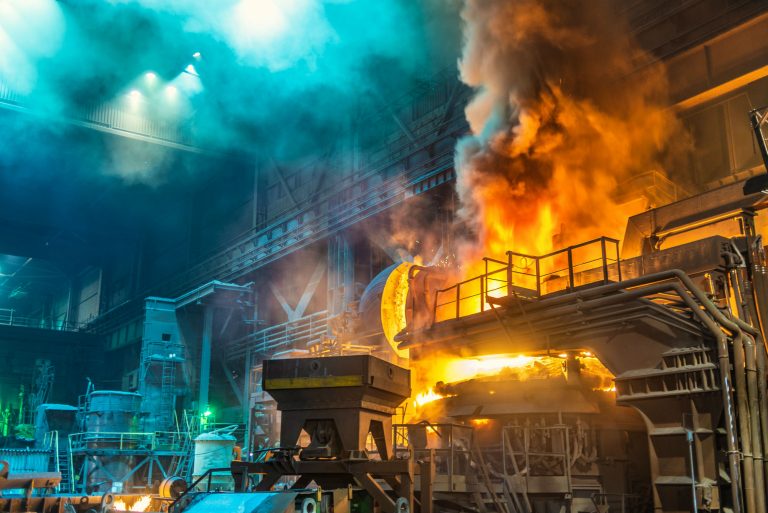While most people are familiar with the concept of an emergency evacuation or assembly area, our fire services team often get asked about why, how and when they work best, so thought we’d answer our most popular FAQs here:
Why do I need an emergency assembly point for my business?
Well, simply, it’s the law. You’re responsible for the safety of your staff and visitors and, in the event of a fire, it’s vital that they know how to evacuate the building and where to evacuate to. This information should be shared in fire practice drills, fire safety and evacuation plans and through new staff induction or regular safety training that you run at your workplace.

How do I decide where an emergency assembly point/s should be?
Choosing a point/s is vitally important and should be done in conjunction with an expert, so we’re just going to touch on the main points here. But, we strongly recommend you consult a professional fire safety expert.
- Accessibility – think about EVERYONE who may need to evacuate the building. Do people living with a disability have a clear path without stairs or other obstacles to their safe exit? Is there only one exit point for hundreds of people that will cause a bottleneck? Are exit doors locked or difficult to open?
- Location – is your emergency assembly point too far away from the building? Too close? Do people have to cross a busy road to reach it? Does the area have overhanging buildings or structures that could cause overhead dangers in the event of an emergency?
- Space – Is there plenty of room for ALL the people at your worksite? Will you be able to conduct a headcount to ensure everyone has been safety evacuated and is there space to attend to basic first aid needs? Will people be well out of the way of emergency services equipment and personnel so they can do their job?
When should we use an emergency assembly point?
If your emergency assembly point is well planned according to the points above, you should use it whenever the need arises. That could be during fire safety training, right through to a full-blown emergency situation. Your emergency management plan will outline the situations in which you should use your assembly point.
Please note, that if you are in a multi-tenanted building, your building manager is responsible for your safety in the event of a fire or other emergency and should run regular drills.
For more information, or for help with your emergency assembly point and fire safety equipment and training, give our fire protection team a call.




